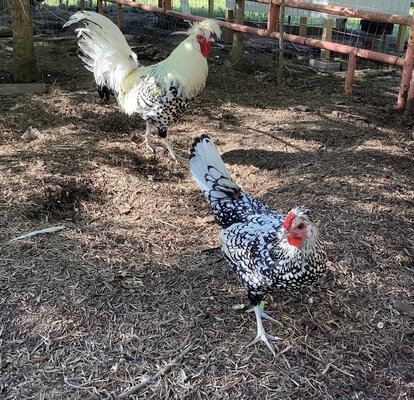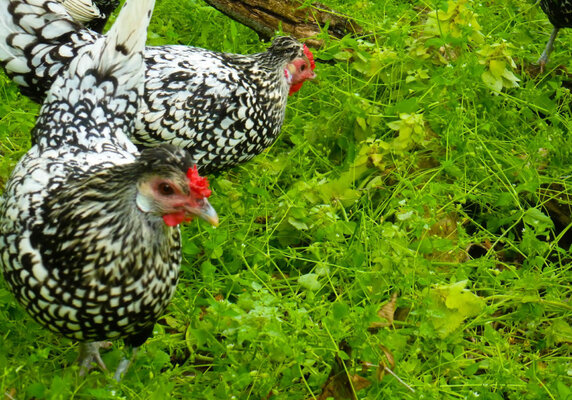Thunder344
Crowing
*I am not criticizing anybody making breeds.*
I know that a lot of people are trying to make their own breeds (you go! Keep up the good work!) But i also know that their are people trying to preserve the breeds marked as endangered, or critical. So I decided to make a poll to see you guys opinions! Would you rather make a whole new breed, or would try and save a endangered one? Here is a list i found from the Livestock Conservancy of a bunch of endangered, threatened, and critical breeds.
https://livestockconservancy.org/images/uploads/docs/CPL_2021_NO_STUDY_Poultry.pdf
I for one, would rather breed a existing breed that is marked as critical, endangered, or threatened. I currently own 15 Faverolles (you will see them on the list, they are marked as threatened, less than 5,000 birds around the world) and would rather breed them (which i am going to do when they are old enough!) and try to save them than make a new breed. What are your opinions?
I know that a lot of people are trying to make their own breeds (you go! Keep up the good work!) But i also know that their are people trying to preserve the breeds marked as endangered, or critical. So I decided to make a poll to see you guys opinions! Would you rather make a whole new breed, or would try and save a endangered one? Here is a list i found from the Livestock Conservancy of a bunch of endangered, threatened, and critical breeds.
https://livestockconservancy.org/images/uploads/docs/CPL_2021_NO_STUDY_Poultry.pdf
I for one, would rather breed a existing breed that is marked as critical, endangered, or threatened. I currently own 15 Faverolles (you will see them on the list, they are marked as threatened, less than 5,000 birds around the world) and would rather breed them (which i am going to do when they are old enough!) and try to save them than make a new breed. What are your opinions?






